Tennis Wall Lessons
A tennis wall is a backboard with a horizontal line across to indicate the net. You can choose to have a few classes at the wall, where your coach will show you how to position yourself and demonstrate some of the drills you can practice on your own.
Pace of Ball
You can learn to control the pace of your balls by practicing with a tennis wall. The ball will come back to you as hard as you hit, so you are forced to control the strength of your shots in order to keep the rally going.
Direction of Ball
When you practice against the wall, you will notice that the ball might come back at different angles, depending on the direction you make contact with the ball. This makes you more aware of how your racket face can control the direction of your shots.
Footwork
You can focus on your footwork when you practice against the wall, since you know how the ball will come back to you (according to the pace of your shots and the direction you hit). You can practice positioning your feet correctly and using your lower body to generate power in your shots.
Improve Your Weaker Strokes
The wall will continually return the ball back and this allows you to practice as much as you want. You can start working on your backhand, which is typically our weaker shot.
Practice by Yourself
When you are unable to find a tennis partner, the wall can be your best friend. Practicing with the wall will improve your consistency because it gives you the chance to hit continuously. It is also easier to book a wall then a tennis court, especially during peak hours.
Locations
Tennis walls are available at Kallang Tennis Centre.
How to Practice Tennis Alone Against the Wall
To be able to practise against the wall you should already have the basic technical knowledge of the strokes so that you can execute them correctly.
Let’s work on your forehand shots first. Your goal is to hit only to your forehand side. You will start by hitting one ball first and then tapping the ball up. Once you are more comfortable try hitting more than one shot and increase the number of times. Challenge yourself to hit up to 10 balls on your forehand side.
Carry out the same drill on your backhand side.
Moving on to the serve, your goal is to serve as you normally would in a full court. You can even practise serving straight to yourself. Practising serving against the wall allows you to work on your timing and the movement of your swing. You would also be able to continue to rally against the wall after your serve, putting together the different aspects of tennis.
Practising volleys against the wall is the most challenging (but fun), as you would have less time to react to the balls since you would be standing closer to the wall. To volley with control all you need to do is to tap and push the ball forward. You would not want to add too much power as the ball would already be bouncing towards you with pace. Volley drills can help you improve your reaction time and stay alert.

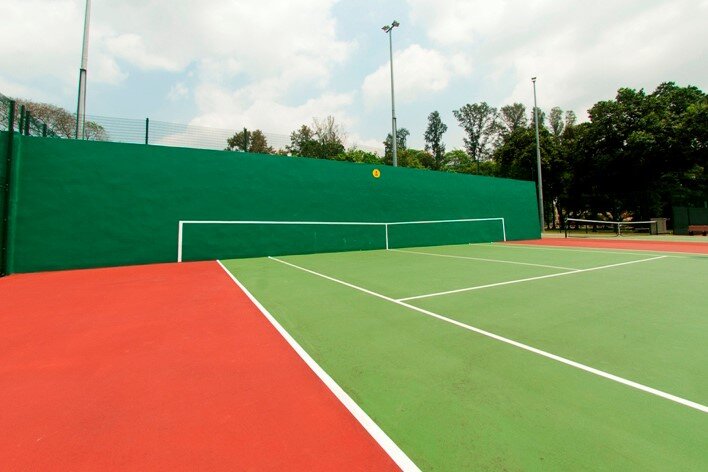

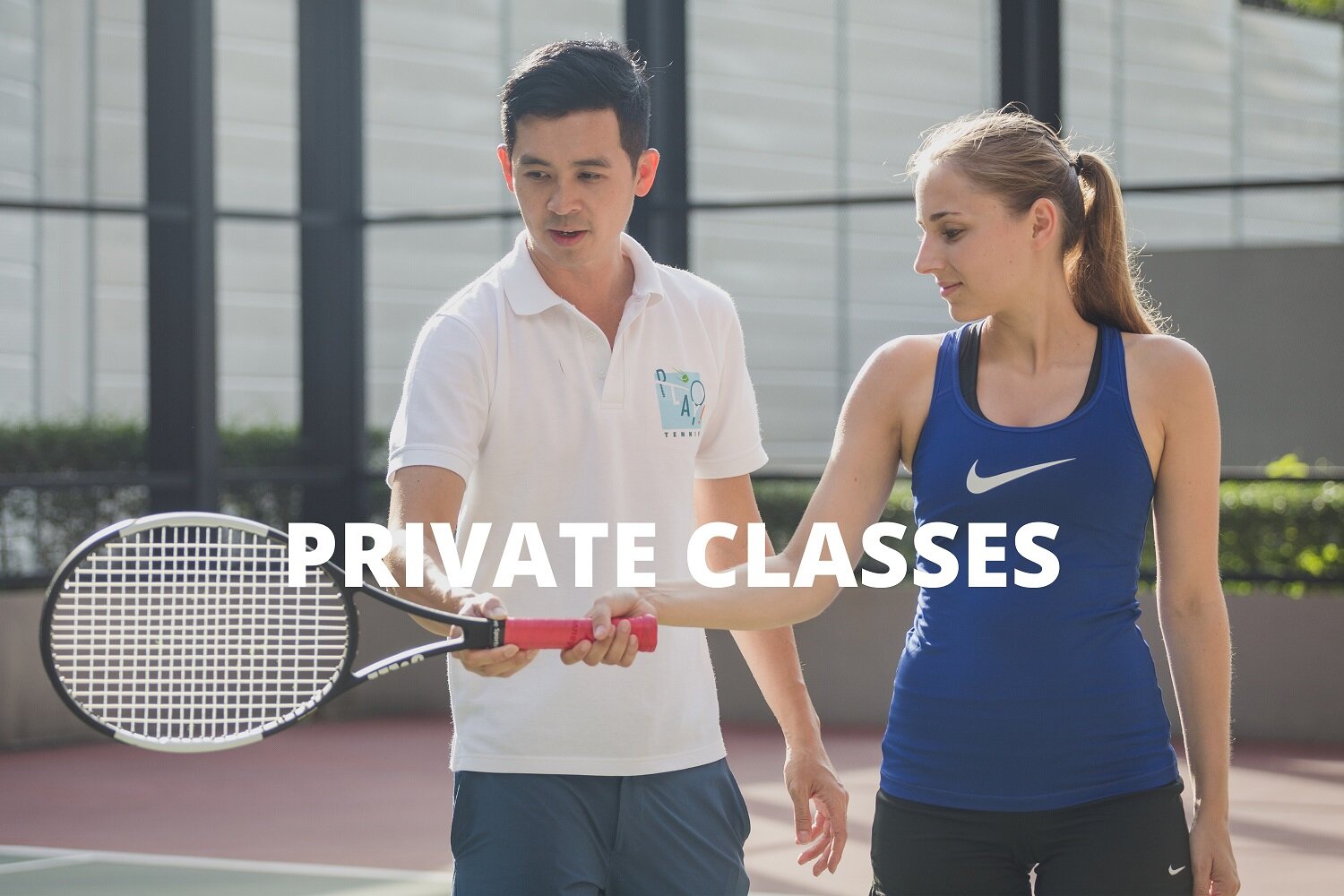

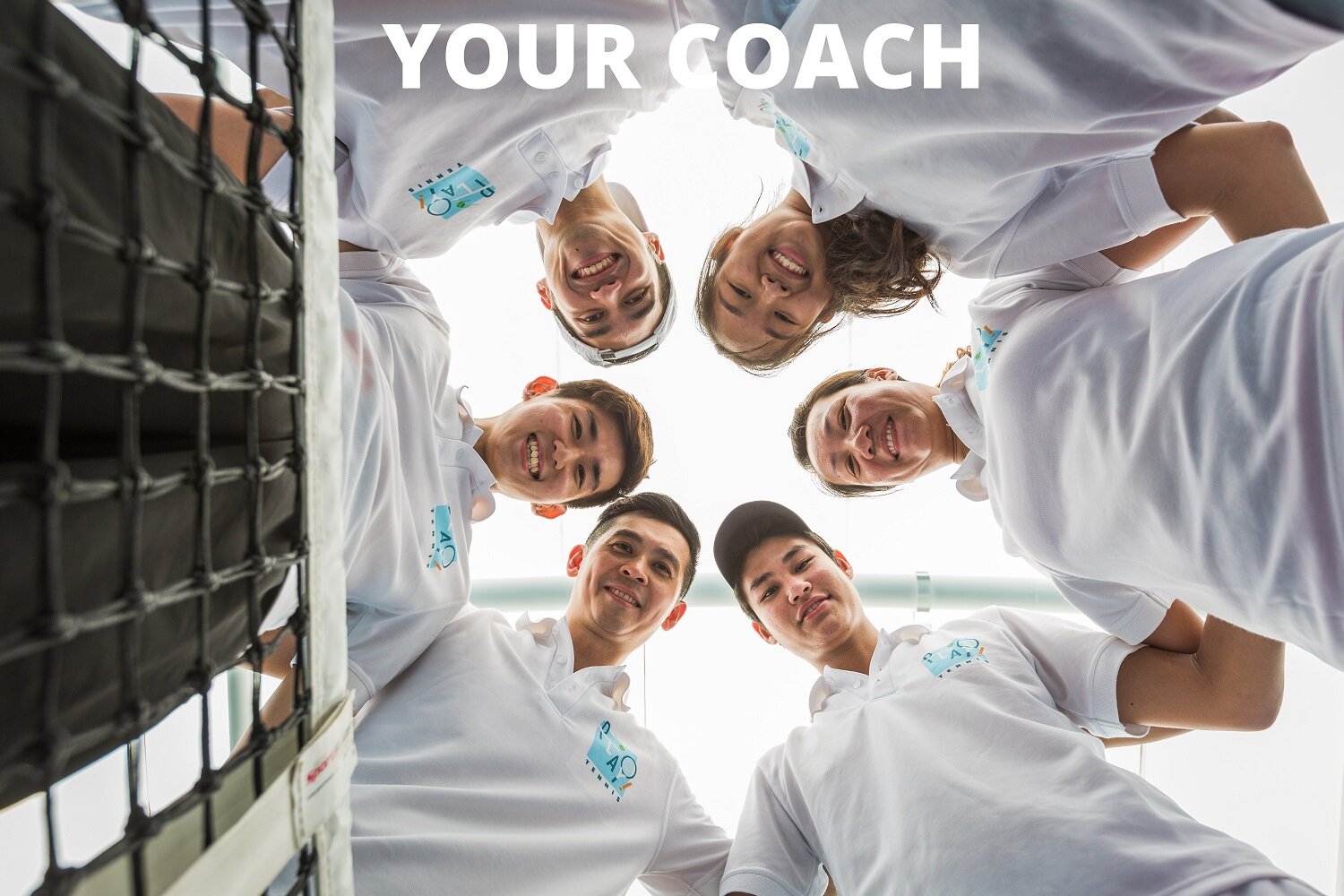
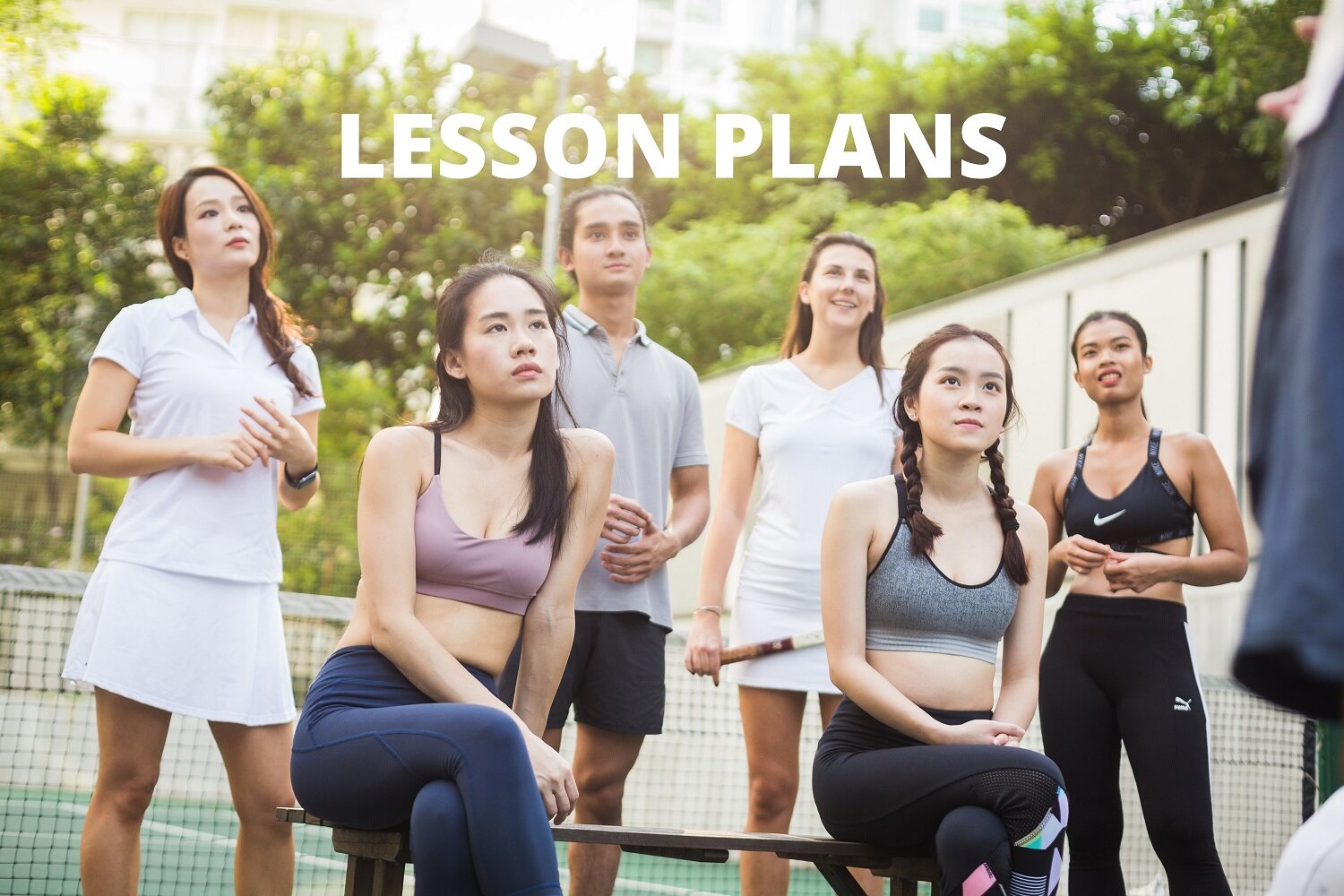

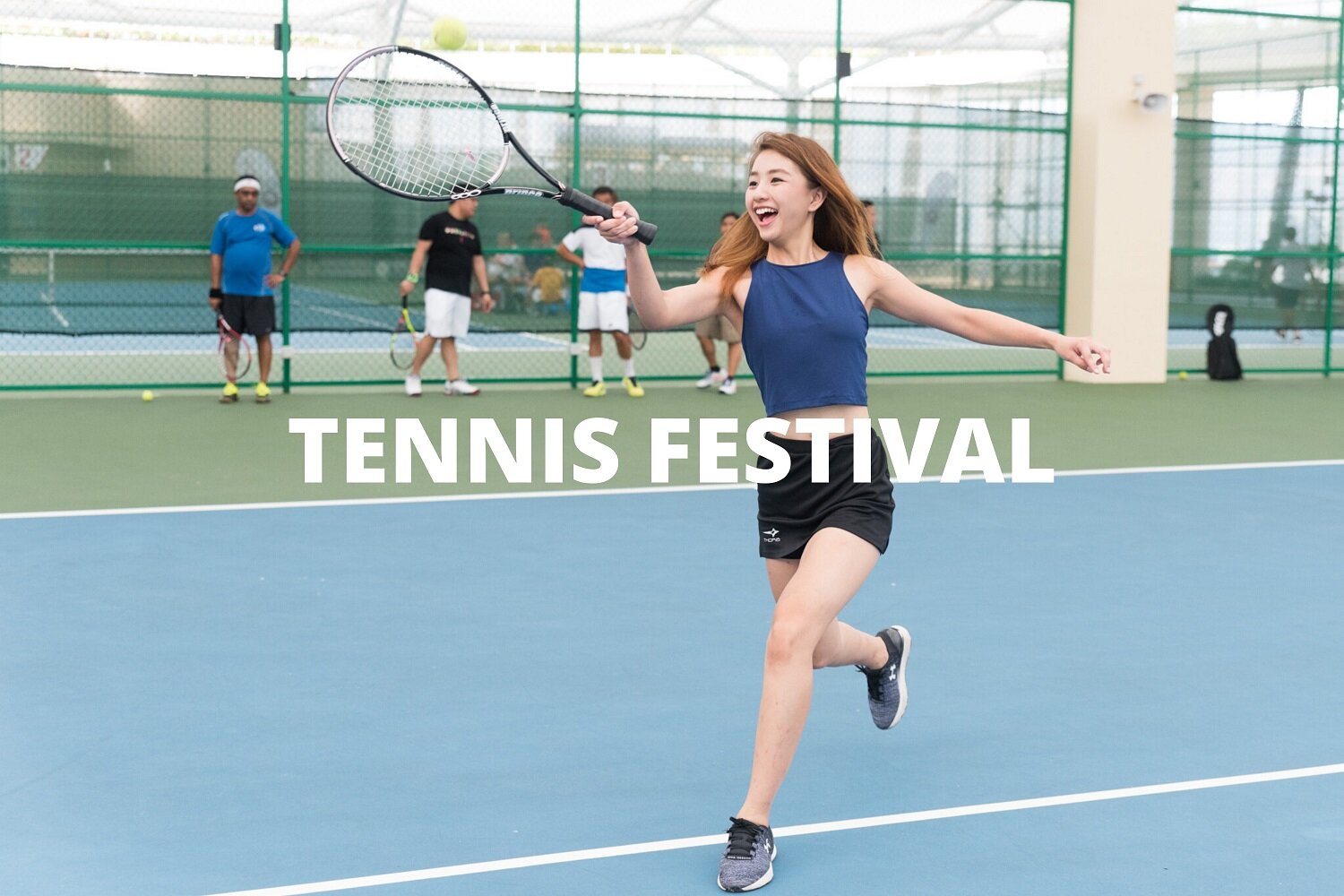
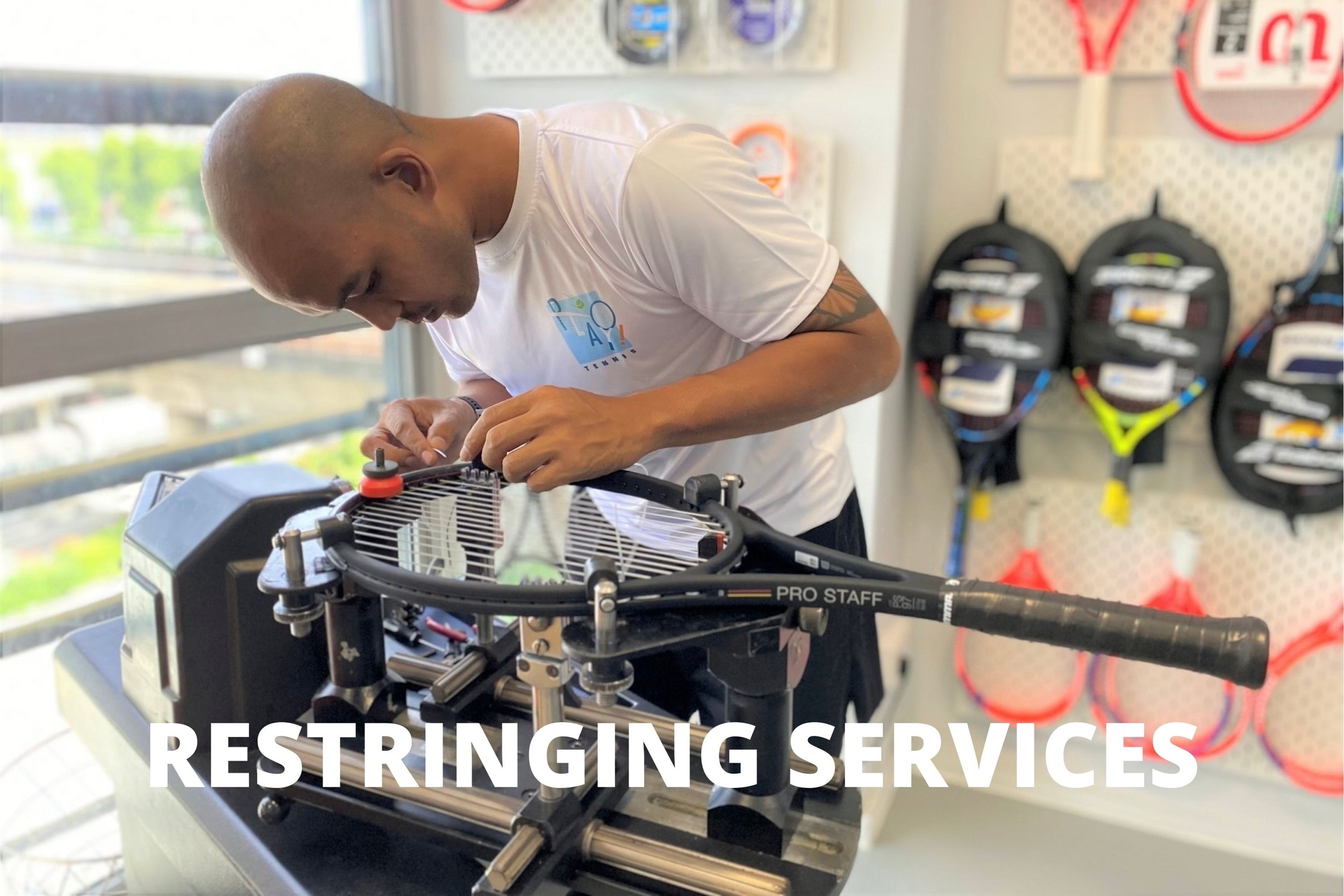
"The Philosophical Tennis Player: Thinking Your Way To Winning" offers a unique perspective on the sport of tennis. This book provides guidance inspired by philosophy to help you rethink the game and reach your peak performance. The author breathes life into abstract philosophical concepts, transforming them into tangible strategies everyone can use to become a successful player. Readers will gain insight into the psychological aspects of tennis and recognise the timeless values that extend beyond the confines of the court.
About The Author
Darren Teo is the founder of Play! Tennis, the most Google reviewed tennis academy in Singapore. His passion for making tennis accessible to everyone regardless of their age, experience and ability continues to drive his work at the school. He is a thought leader in LinkedIn with 14,000 followers.